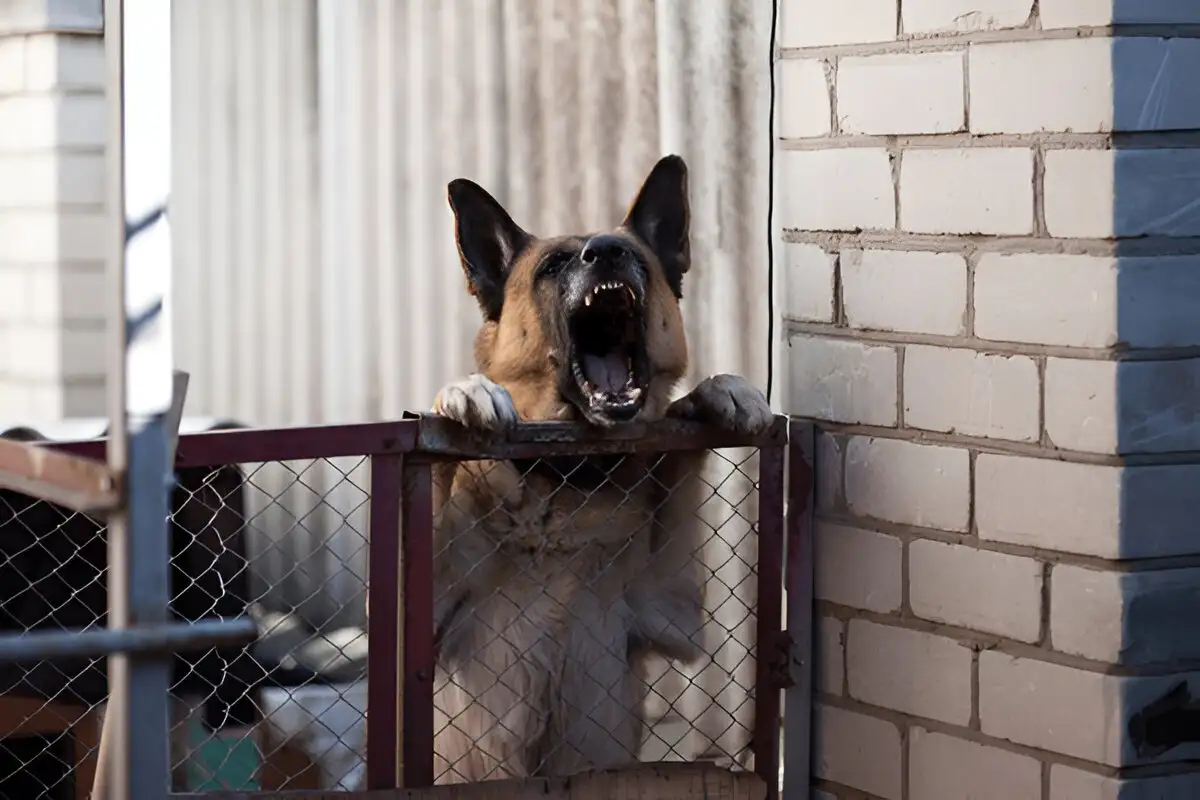-
·
How to Keep Your Dog Healthy: Managing Borador Health Issues
The Borador, a lively Border Collie Lab mix, is a hybrid dog celebrated for its intelligence, energy, and sociability. As a cross between the athletic Border Collie and the friendly Labrador Retriever, Boradors are generally robust but prone to specific health issues due to their genetics. Proactive Borador health management is essential to ensure a…
-
·
The Ultimate Borador Training Guide: From Puppy to Service Dog
The Borador, a vibrant Border Collie Lab mix, is a hybrid dog breed known for its intelligence, energy, and sociability. Combining the sharp mind of a Border Collie with the friendly, adaptable nature of a Labrador Retriever, this hybrid excels in training, making them ideal for everything from family pets to service dogs. This guide…
-

·
The Truth About Watermelon and Dogs: Is It Really Toxic?
🐾 Is Watermelon Safe for Dogs? The Truth About This Juicy Fruit Summer is here, and many dog owners wonder if their furry friends can enjoy watermelon too. This guide breaks down watermelon safety for dogs, walks you through proper feeding, and reveals key health benefits and risks. ✅ Can Dogs Eat Watermelon? Go ahead—share that watermelon! Just remember: Result? A pup-approved, heat-beating…
-

·
The Truth About Tomatoes and Canine Companions
🐾 The Truth About Tomatoes and Canine Companions: Are Tomatoes Safe for Dogs? As a dog owner, you may have wondered: Can dogs eat tomatoes? It’s a common question, especially during summer when fresh tomatoes are abundant. The answer, however, isn’t as simple as a yes or no. Let’s dive into the facts about tomatoes,…
-

·
Beyond the Beauty: The Intelligent Heart of the Sheltie
Beyond the Beautiful Coat: The Sheltie’s Temperament – A Smart, Sensitive, and Loyal Companion Are you curious about what makes Shetland Sheepdogs -or Shelties – so special? While their stunning coats often steal the spotlight, their intelligence, emotional depth, and loyal nature truly set them apart. In this in-depth guide, we explore the temperament of the Sheltie, their history, care…
-

·
Bearded Collie: The Shaggy Superhero of the Canine World
🐾 Bearded Collie Dog Breed Guide: The Shaggy Superhero of the Canine World The Bearded Collie, or “Beardie” as they’re affectionately known, is a lovable, energetic breed with a heart of gold and a face full of fur. With their bouncy personalities and distinctive beards, Beardies are truly one-of-a-kind companions. Whether you’re looking for a…
-

·
The Rottweiler Border Collie Mix: Your New Adventure
Rottweiler Border Collie Mix (Rottie Collie): A Complete Guide to This Intelligent, Energetic Hybrid Dog Looking for a smart and loyal dog that can also protect you? The Rottweiler Border Collie Mix, sometimes called a Rottie Collie, could be just right for you. This mix gets its strong, loving nature from the Rottweiler and its…
-
·
The Truth About Border Collies and Physical Affection
Do Border Collies Like to Cuddle? Facts & FAQ Are Border Collies Not Cuddly? Border Collies can be cuddly, but it’s not a guarantee. Their affection depends on personality, upbringing, and energy levels. Some owners swear their collies are “velcro dogs,” while others say, “Border Collies I’ve had aren’t cuddly.” Reddit threads (“Are border collies…
